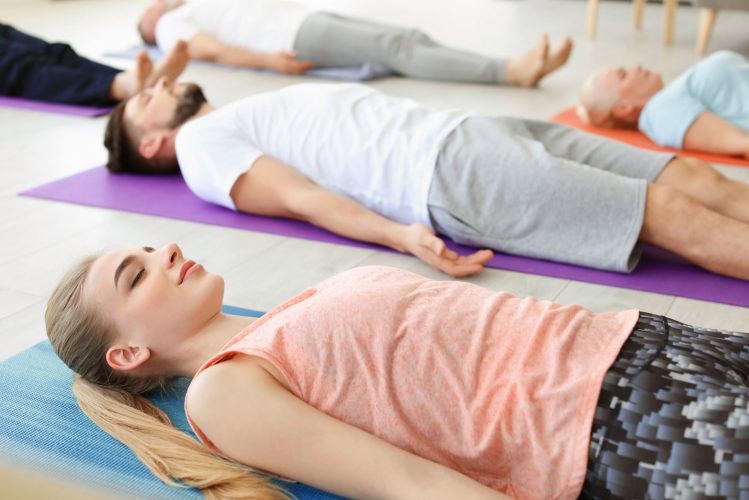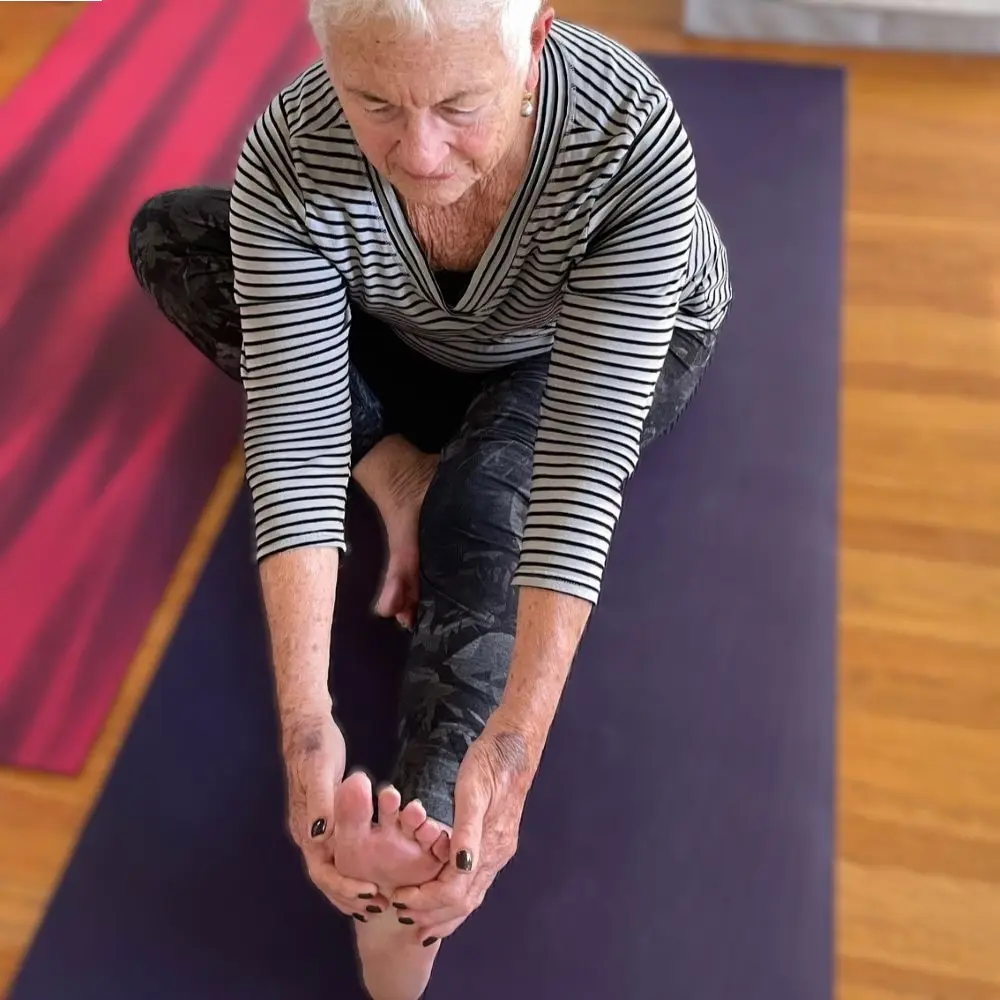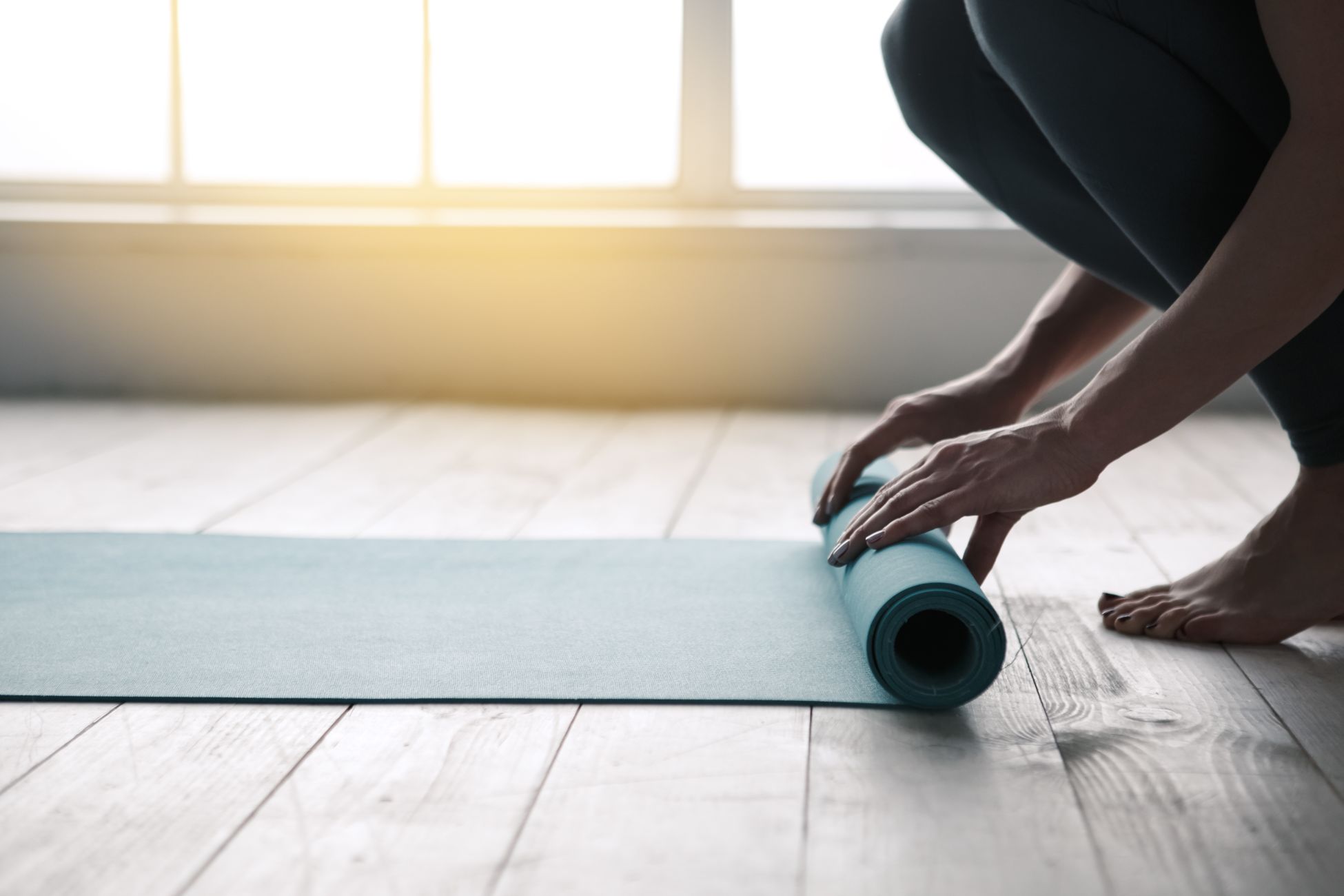With the high intensity and fast-paced lifestyle many of us find ourselves in today, relaxation can often seem completely out of the question. Sure, we can wind down at the end of the day with some “Netflix and chill,” or even an early bedtime, but more often than not, those things simply don’t cut it. If you’re serious about finding effective ways to calm your nervous system and truly find your way to proper rest, consider establishing a regular practice of Yoga Nidra, or “sleep yoga.”
While often practiced as a way of transitioning yourself into deep sleep, when fully embodied, this method of yoga allows the practitioner to explore states of consciousness and integrate a practical and effective way to ultimate relaxation. The roots and traditions of Yoga Nidra invite us to become conscious creators and manifest the life we want to live. However, from a 21st century standpoint, this is a very simple and real approach to living the peaceful lifestyle that so many of us yearn for during our modern, day-to-day pressures.
Many of the benefits of Yoga Nidra, and ultimate relaxation, come to fruition over time. However, there are still many important pros that can immediately become effective:
- More productive sleep patterns: Even after just one practice, the likelihood of having a deeper and more restful sleep is probable. This is because when we are under stress (whether predominant or subtle), we tend to skip relaxation and go directly into unconsciousness and call it sleep. Thus, it is not uncommon to wake up without feeling rested.
- Release tension from the body and mind: Simply put, when we are at ease, our body is under less of a physical burden. Similarly, a relaxed mind has more capability of remaining present and focused.
- Ability to take action over reaction: Quite often, especially when doused with pressures that are out of our control, it is easy to have strong reactions to what is happening around us. When the mind is calm and relaxed, we can take a moment to process and move forward in conscious action. This can lead to even less stress because we won’t have to clean up a messy situation caused by an overreaction or emotional response.
In the bigger picture, Yoga Nidra and relaxation can have an even greater impact on us:
- Consistent relaxation wards depression: The more stress we take on, the greater we are at risk of overproducing the stress hormone cortisol. Too much cortisol means less dopamine and serotonin, and thus a likeness towards negative emotions. Research done by the Maharishi Mahesh Yogi Institute for Management and Technology in the U.S. has found that Yoga Nidra and meditation have both been proven to reduce the presence of cortisol over time.
- Relaxation can aid in the fluidity of our creative nature: According to author Brigid Schulte, who has written about the neuroscience behind overworking, our brains find creativity during idle moments. Those of us who are trapped in various types of “writer’s block” may very well find that learning to relax over time will allow us to produce more creative work.
- Yoga Nidra has been proven to not only increase our sense of well being, but also have a positive effect on body image and self-esteem: A study done by the Department of Surgical Nursing at Inonu University in Malatya, Turkey found that burn victims who practiced Yoga Nidra had an improved perception of themselves over the course of a month, while in another group without the practice, their self-esteem declined.
The contrast of our incredibly demanding lifestyle and a practice that is essentially nothingness can prove to be challenging. However, the results of such a dedicated and positive habit highlight the good things and also soften the negatives. If we truly want to find a way to restore and reset so that we can become the best version of ourselves, perhaps consistent practice in meditation, specifically Yoga Nidra is the pathway we’ve been hoping to find.
I, myself, have experienced the quiet, yet profound, impact a devoted Yoga Nidra practice can have. As a longtime restless sleeper, I found myself sleeping soundly through the night, waking up feeling refreshed in a way that I had never experienced before, and needing to sleep less! My irritability declined in situations like traffic and family functions, and I felt a deeper sense of connection to my community and the activities that bring me joy. Perhaps what struck me the most though was that I was increasingly becoming more productive. If practicing every single day is asking too much from an already busy schedule, consider two to three times a week. If even that is a feat to be met, I am certain practicing once a week will still provide fantastic results – as I have seen it happen to my students. In benefitting from a weekly Yoga Nidra session, you may even find that carving out additional space to expand your practice will become a priority.














